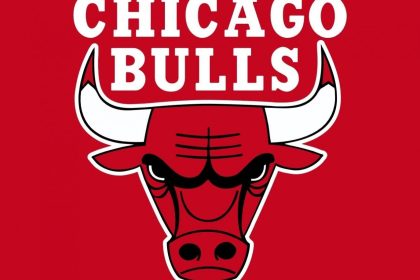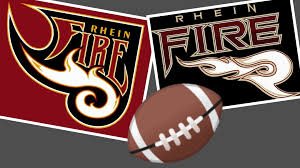The New York Rangers are a professional ice hockey team based in New York City, widely recognized as one of the oldest and most storied franchises in the National Hockey League (NHL). As a member of the Metropolitan Division in the Eastern Conference, the Rangers have a rich history, passionate fan base, and a unique cultural significance that transcends the sport. This blog post delves deeply into various aspects of the franchise, exploring its historical significance, memorable players, iconic moments, community impact, and what lies ahead for this beloved team.
The History and Evolution of the New York Rangers
Understanding the New York Rangers requires an exploration of their colorful history, marked by triumphs, challenges, and significant milestones. From their founding to present-day developments, the evolution of the team reflects broader trends in hockey and American https://thabeth.com/ sports culture.

Founding and Early Years
The New York Rangers were established in 1926, making them one of the original teams of the NHL. They were founded by Madison Square Garden owner Tex Rickard, who sought to bring professional ice hockey to a larger audience in Midtown Manhattan.
The Rangers quickly became a source of civic pride for New Yorkers. Their first season was filled with excitement, as they made a name for themselves in a city that was primarily enthralled by baseball. The team’s early success culminated in their first Stanley Cup victory in 1928, a moment that solidified their place in NHL lore and set the stage for future success.
Despite the promising start, the Rangers faced ups and downs throughout the 1930s and 1940s. The Great Depression affected attendance and resources, leading to less competitive rosters. However, the return of key players after World War II, combined with a growing interest in the sport, allowed the Rangers to reclaim their status.
The Golden Era: 1950s and 1960s
The 1950s and 1960s marked a golden era for the New York Rangers. The introduction of talent like Andy Bathgate and Harry Howell brought fresh energy and skill to the team. Bathgate, in particular, became a fan favorite, known for his offensive brilliance and charismatic personality on and off the ice.
During this period, the Rangers experienced more consistent playoff appearances, but they struggled to capture another Stanley Cup. A combination of fierce competition from other teams and unfortunate injuries hindered their efforts. Nevertheless, this era helped establish a solid foundation for the franchise both on and off the ice.
The Rise to Glory: 1990s and 2000s
The 1990s ushered in a new age for the New York Rangers, culminating in their long-awaited Stanley Cup victory in 1994. After a 54-year drought, the team’s victory over the Vancouver Canucks remains one of the defining moments in Rangers history. The captain Mark Messier’s leadership, alongside a roster featuring stars like Brian Leetch and Adam Graves, ignited the city’s passion for hockey.
This period was characterized by high expectations and intense rivalries, especially with fellow New York team, the Islanders. The Rangers’ brand of hockey evolved as they embraced speed and skill, which aligned well with their fanatical fan base. The exhilarating play and dramatic finishes created an atmosphere that resonated deeply with New Yorkers.
Recent Developments
In recent years, the New York Rangers have seen their fair share of ups and downs, but the resilience of the franchise has remained steadfast. Following the 2014 Stanley Cup run, where they fell short against the Los Angeles Kings, the team entered a rebuilding phase. This transition allowed for the emergence of young talents such as Mika Zibanejad and Adam Fox, who promise to lead the team into a new era of competitiveness.





